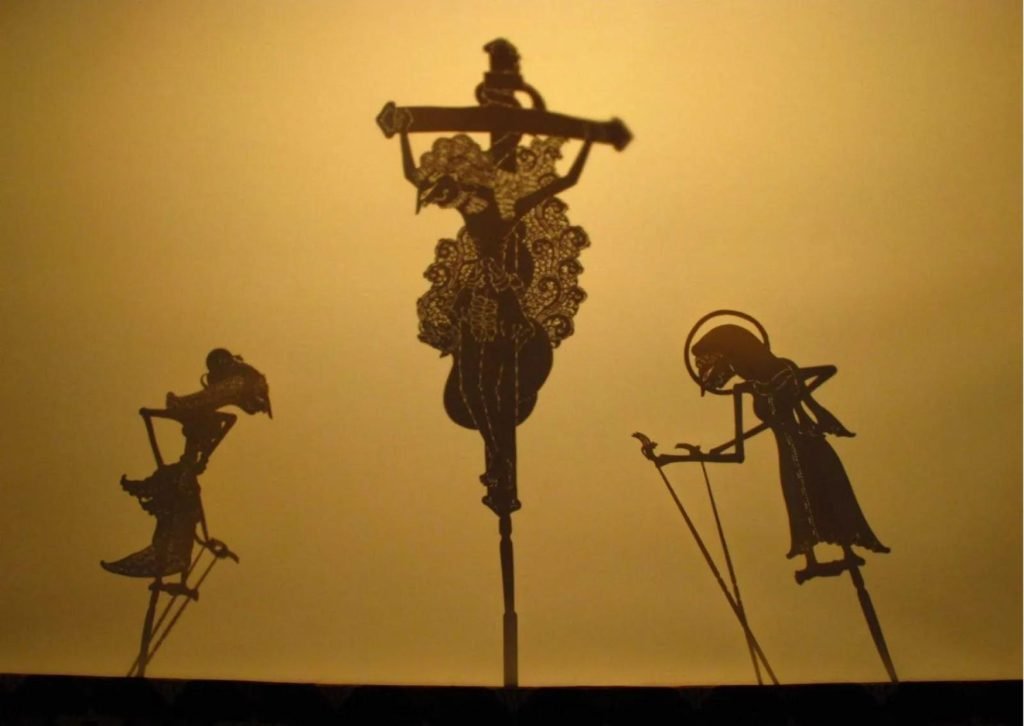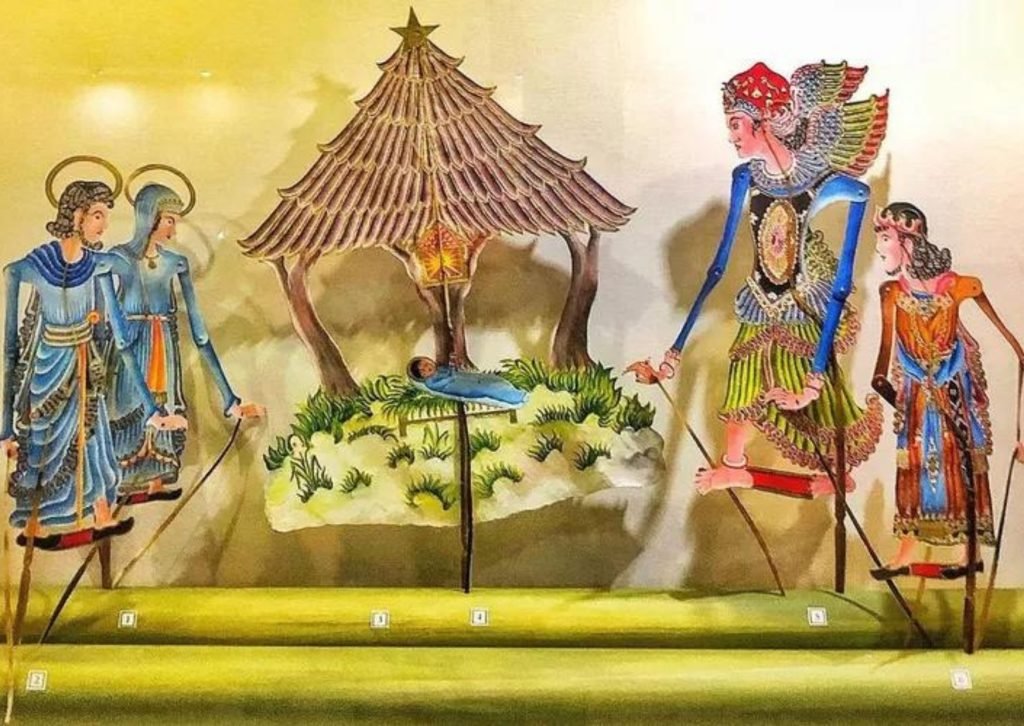Uncategorized
Wayang Wahyu: A Beautiful Blend of Culture and Religion in Performance
Wayang, a traditional Indonesian performing art dating back to around 1,500 BC, initially served as a ritualistic medium to pay homage to ancestral spirits. Over the centuries, its purpose has evolved, and today, wayang is predominantly employed to depict epic tales and life narratives.
Wayang, a performing art that originated in Java and Bali, typically recounts tales from the Mahabharata and Ramayana. Recognizing its widespread appeal in Java, Sunan Kalijaga transformed wayang into a platform for Islamic preaching. Beyond Islam, the church also utilizes wayang as a means to disseminate Christian teachings, referred to as wayang wahyu.
Wayang wahyu began to develop in 1960. The utilization of wayang wahyu began during the Second Vatican Council which promoted the idea of combining local culture and Catholic traditions. The Second Vatican Council became a conversion from the church’s Eurocetric to pluralistic orientation. The idea for creating wayang wahyu came from Timothy L. Wignyosoebroto who wanted to combine local content with Christian teachings. Wayang wahyu is a form of cultural tolerance and an effort for the church to adapt to the Javanese culture. The utilization of wayang wahyu demonstrates that performances previously linked to magical elements, such as wayang, can also serve as a vehicle for religious preaching.

Wayang wahyu is similar to wayang purwa which was the inspiration for its creation. The stories used in wayang wahyu come from the Old Testament and the New Testament. However, the presentation of Old Testament stories is considered more innovative and interesting from a narrative perspective because it offers opportunities for action scenes, such as war scenes which are important in wayang performance. Meanwhile, presenting New Testament stories poses a challenge, as puppeteers encounter aspects of meaning that resist simple translation or interpretation due to their direct connection to God’s word.
In wayang wahyu performance, the puppeteer must understand the Bible and its interpretation. The challenge for the puppeteer arises from the intricate and precise understanding required for Bible stories, which often include profound and nuanced parables. Wayang wahyu narratives encompass a wide array of stories, including but not limited to David and Goliath, Samson and Delilah, Joseph, Mary Magdalene, John the Baptist, Jesus, and more.
Similar to traditional wayang, wayang wahyu is accompanied by gamelan music, with song texts derived from the Psalms. In contrast to other wayang performances, the choir plays a more significant role in wayang wahyu. However, a drawback lies in the lack of distinct character voices in the sound, a feature present in other wayang genres where audiences can easily differentiate between characters. Despite its close association with religion, wayang wahyu is not exclusive to particular groups, as puppeteers can come from diverse religious backgrounds. Nevertheless, non-Christian puppeteers may find it challenging, given that the narratives in wayang wahyu demand careful and non-arbitrary interpretation.

The duration of wayang wahyu performances lasts for two to four hours, this duration is shorter than other wayang performances which generally last for seven to nine hours. The language employed in wayang wahyu performances is primarily Javanese, although some also utilize Bahasa Indonesia. Typically, wayang wahyu takes center stage during special celebrations like Easter, Christmas, and Pentecost. Experiencing a peak in popularity during the 1970s and 1980s, regular wayang wahyu performances were held in church parishes. However, the practice experienced a hiatus from 1990 to 2000. Presently, wayang wahyu is infrequently staged.
Bibliography
Budi, S. (2003). Spesifikasi dan karakteristik wayang wahyu Surakarta. Bahasa dan seni, 31(2), 300-316
Gutama, T. (2020). Wayang wahyu: Hiburan dan media pembelajaran. Jurnal analisa sosiologi, 9(1), 212-223.
Poplawska, M. (2004). “Wayang wahyu” as an example of Christian forms of shadow theatre. Asian Theatre Journal, 21(2), 194-202.
Sulistyono, I., Purwasito, A., & Prameswari, N. (2023). Religious and cultural perspectives of interiors: Gunungan wayang wahyu in the Catholic Church of Surakarta, Java, Indonesia. Journal of the International Society for the Study of Vernacular Settlements.


